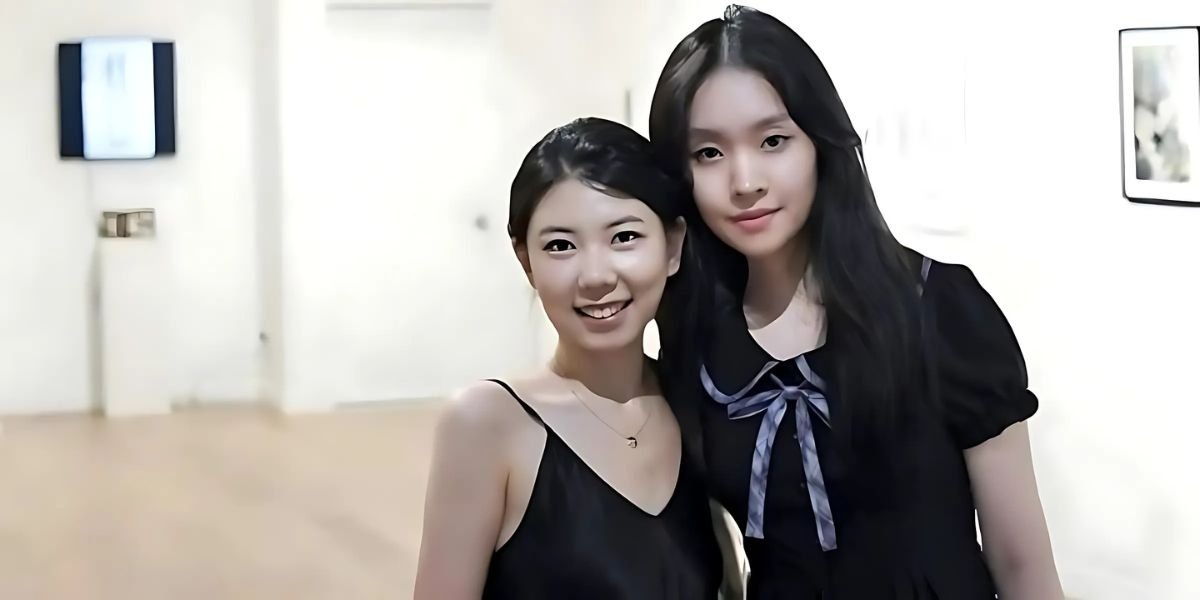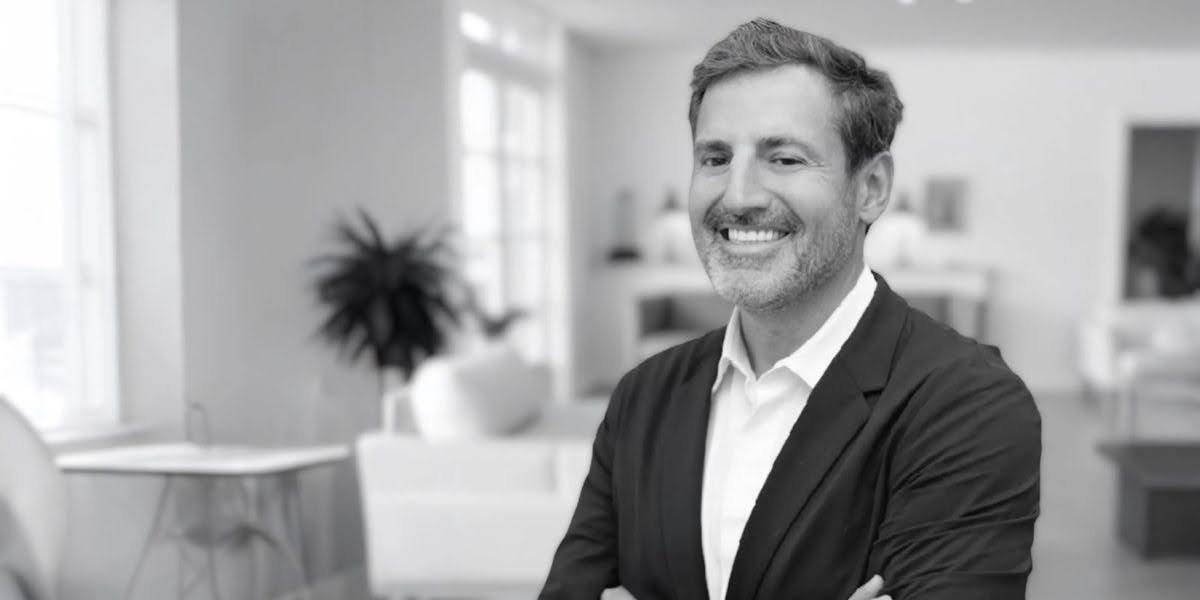Fashion photography is more than just showcasing clothing—it’s about telling a story, capturing emotion, and highlighting individuality. As we look ahead to 2025, the world of fashion photography continues to evolve, blending traditional techniques with cutting-edge technology and fresh creative approaches. This article explores how fashion photography is changing, the trends shaping the industry, and how photographers can capture style and personality in innovative ways.
One of the most significant shifts in fashion photography is the move toward authenticity and inclusivity. In recent years, there has been a growing demand for images that reflect real people and diverse perspectives. By 2025, this trend is expected to deepen, with photographers focusing on capturing genuine emotions and unique personalities. This means moving away from overly polished, unrealistic portrayals and embracing imperfections, individuality, and cultural diversity.
Another key trend in fashion photography is the integration of technology. Advances in augmented reality (AR) and virtual reality (VR) are opening up new possibilities for creative expression. For example, AR filters can add dynamic elements to photos, while VR allows viewers to immerse themselves in a virtual fashion shoot. These technologies not only enhance the visual appeal of images but also create interactive experiences that engage audiences in new ways.
Sustainability is also becoming a major focus in fashion photography. As the fashion industry grapples with its environmental impact, photographers are finding ways to promote sustainable practices. This might involve using eco-friendly materials for sets, collaborating with brands that prioritize ethical production, or highlighting secondhand and upcycled fashion. By 2025, sustainability is likely to be a central theme in many fashion shoots, reflecting the industry’s commitment to positive change.
The rise of social media and digital platforms has transformed how fashion photography is consumed and shared. Platforms like Instagram and TikTok have become essential tools for photographers to showcase their work and connect with audiences. In 2025, the influence of these platforms is expected to grow, with photographers experimenting with new formats like short videos, GIFs, and interactive posts. This shift requires photographers to think beyond static images and explore dynamic, engaging content.
Another important aspect of fashion photography is the collaboration between photographers, stylists, models, and designers. A successful shoot often involves a team effort, with each member contributing their expertise to create a cohesive vision. By 2025, collaboration is likely to become even more important, as photographers work with diverse teams to bring fresh perspectives and innovative ideas to their work.
Lighting and composition remain fundamental to fashion photography, but the techniques and tools are evolving. Natural light is increasingly favored for its ability to create soft, authentic images, while studio lighting is being used in creative ways to add drama and depth. Composition is also becoming more experimental, with photographers playing with angles, reflections, and unconventional framing to create visually striking images.
The role of the model is also changing in fashion photography. In the past, models were often seen as blank canvases, but today they are celebrated for their individuality and personality. By 2025, photographers are expected to focus even more on capturing the unique qualities of their subjects, whether they are professional models or everyday people. This shift emphasizes the importance of building rapport and creating a comfortable environment during shoots.
Another trend shaping fashion photography is the blending of fashion with other art forms. Photographers are increasingly drawing inspiration from painting, sculpture, and performance art to create images that are both stylish and thought-provoking. This interdisciplinary approach allows for greater creativity and innovation, resulting in images that stand out in a crowded visual landscape.
Post-production techniques are also evolving, with photographers using editing software to enhance their images while maintaining a natural look. Overly retouched photos are becoming less popular, as audiences gravitate toward images that feel authentic and relatable. By 2025, photographers are likely to focus on subtle enhancements that highlight the beauty of the subject without distorting reality.
In conclusion, fashion photography in 2025 is set to be more authentic, inclusive, and innovative than ever before. By embracing technology, sustainability, and collaboration, photographers can capture style and personality in ways that resonate with modern audiences. The industry’s shift toward diversity and authenticity reflects a broader cultural movement, making fashion photography not just a reflection of trends but a powerful tool for storytelling and self-expression.
The next time someone flips through a fashion magazine or scrolls through social media, they might take a moment to appreciate the artistry behind the images. In 2025, fashion photography will continue to push boundaries, inspire creativity, and celebrate the beauty of individuality.









